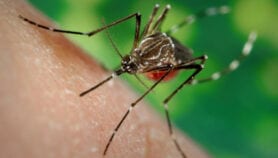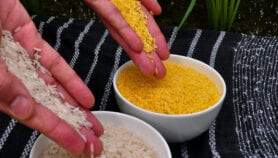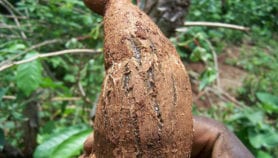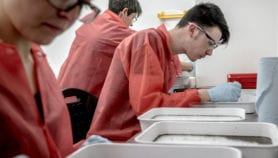By: Jia Hepeng
Send to a friend
The details you provide on this page will not be used to send unsolicited email, and will not be sold to a 3rd party. See privacy policy.
[BEIJING] Chinese scientists announced yesterday (12 December) that they have finished the world’s first accurate map of the rice genome.
The map — the first of an agricultural plant to be completed — will help scientists from around the globe to use rice genetics to improve yields by indicating where the most important genes are located.
A team of researchers from 14 Chinese science institutes, headed by the Beijing Genomics Institute worked on the three-year project to map the indica subspecies of rice, the most widely cultivated strain in China, as well as most of the rest of Asia.
The new map will help researchers to decipher the draft sequence of the rice genome, which was published earlier this year (see Scientists crack rice code). This is because a gene map indicates which parts of such sequences are genes, and which parts are ‘junk’.
According to Wang Jun from Beijing Genomics Institute, the chief scientist of the rice genome-mapping project, the map shows not only the location and distribution of genes on rice chromosomes, but also reveals inherited signals that can be used for breeding improved varieties.
“The map covers 97 per cent of rice genes, and is able to accurately locate 97 per cent of these genes in the 12 rice chromosomes,’’ he says. “The map’s accuracy has reached 99.99 per cent, attaining the internationally recognised standard of accurate genome maps.”
Chinese scientists will now work to determine the functions of individual rice genes, he says.
As with information on the human genome, the rice genome map will be published on the Internet. Researchers from around the world will be able to freely access the material. “The completion of the rice genome map will enable scientists to more easily research individual genes, so that we will have stronger weapons to improve rice breeds,’’ says Wang.
The rice genome contains more than 60,000 genes, and is the largest of any plant sequenced to date.
© SciDev.Net 2002













